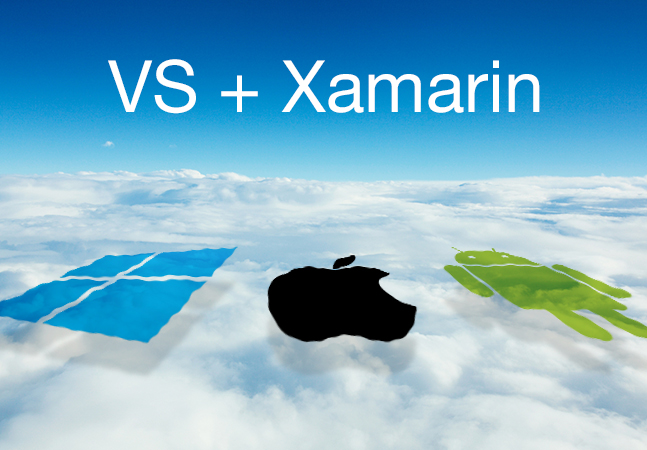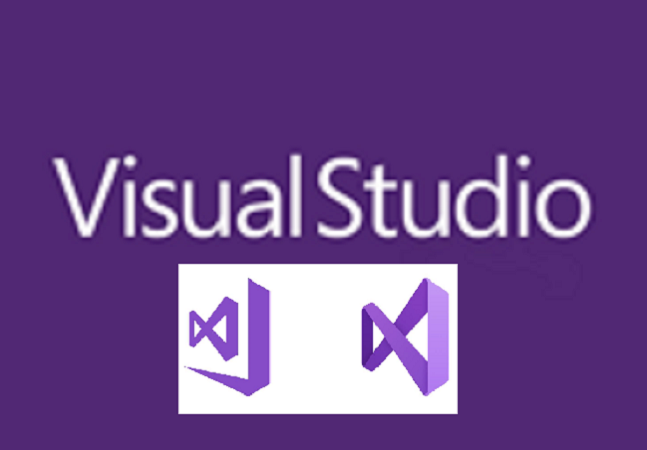
Microsoft has updated its open source, cross-platform F# language for functional programming, adding new functionality and positioning it to tackle machine learning projects in the future.

Microsoft shipped Windows Template Studio 3.1, updating the low-code tool for coding Universal Windows Platform applications with support for the brand-new Visual Studio 2019 release and more.

Stack Overflow's huge annual developer survey is known for asking respondents what tools they most love, dread and want, and the new 2019 report identifies Microsoft's .NET Core as the "most loved" non-Web framework.

Microsoft just shipped its open source, cross-platform machine learning framework, ML.NET, as a Release Candidate, just one step away from general availability that could come next month.

Using the new Visual Studio Code 1.33 (March 2019 version) is a snap -- of the Linux variety that lets the popular open source code editor be distributed as a snap package, containerized software packages designed to work across cloud, desktop and IoT devices

After this week's release of Visual Studio 2019, Microsoft exec Scott Hunter detailed many of the new features coming in .NET Core 3, already available as a preview in VS 2019 so developers can try it out (with a simple tweak).

Xamarin updates in the brand-new Visual Studio 2019 GA release focus on fundamental stability and performance, Microsoft said, because the mobile tooling "should work for you, not against you."

Microsoft officially launched Visual Studio 2019 and Visual Studio 2019 for Mac today, announcing the general availability of the collaborative Live Share functionality, AI-powered IntelliCode and much more.

With Visual Studio 2019 dropping tomorrow, the AWS Toolkit for Visual Studio has been updated to support the new offering for those Microsoft coders who prefer to work with their favorite IDE in the Amazon cloud.

TypeScript 3.4 is out with the usual array of new features, of which a new --incremental flag can lead to faster project builds after the first such build

A previous survey of the Go programming language community found that Visual Studio Code barely beat Vim as the code editor of choice, and the new edition shows the race isn't even close anymore.

A new open source VS Code extension called pyright has been created as a Microsoft "side project" to improve on current offerings for static type checking for the Python programming language.

The popular Python Extension for Visual Studio Code -- more than 7.3 million installs -- received a raft of updates in the March 2019 release, touching upon collaboration, IntelliSense goodness, Test Explorer and more.

The Microsoft Azure team today announced several updates to boost artificial intelligence capabilities on the cloud platform, including anomaly detection and object detection in images.

Microsoft's Xamarin.Forms UI toolkit has been updated to version 3.6, removing the "experimental" tag from a feature that makes it easier to implement Material Design look-and-feel in cross-platform iOS and Android projects.

RedMonk's lastet programming language popularity report singles out TypeScript as a big mover among an otherwise fairly static ranking of the usual leaders.

Microsoft-centric developers working with the Amazon cloud platform now have more .NET Core choices to handle their AWS Lambda functions for serverless, event-driven programming.

With the March update of Azure Data Studio, Microsoft added preview support of the popular PostgreSQL database, along with a new PostgreSQL extension for the Visual Studio Code editor.

Several new features have just been added to Xamarin.Essentials, which provides cross-platform APIs for a variety of device-specific features and functionality in iOS, Android and Universal Windows Platform (UWP) apps.

Coder Technologies Inc.'s newly open sourced project to provide a remotely hosted port of Visual Studio Code running in the browser has officially become the "hottest" project on GitHub.